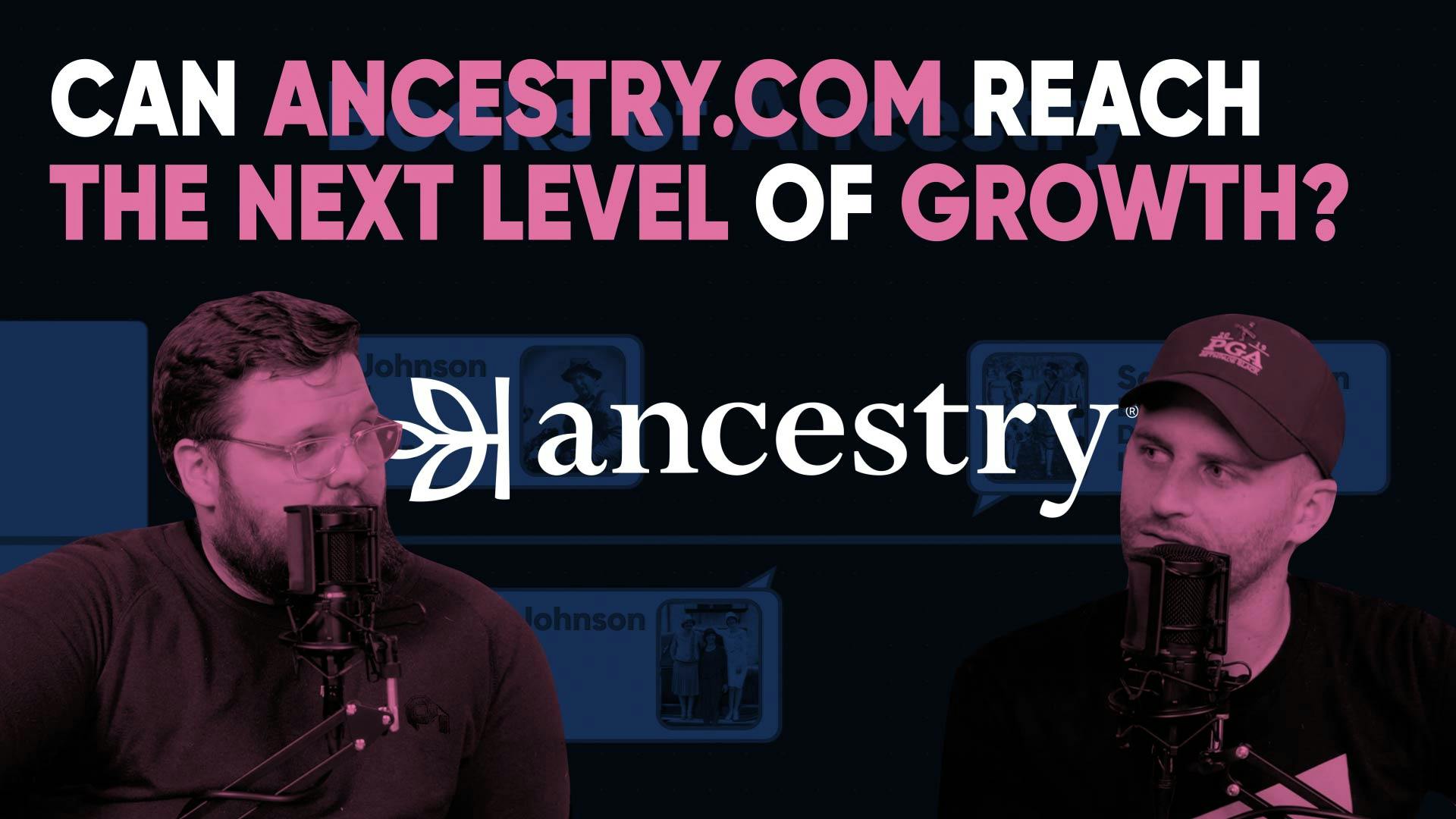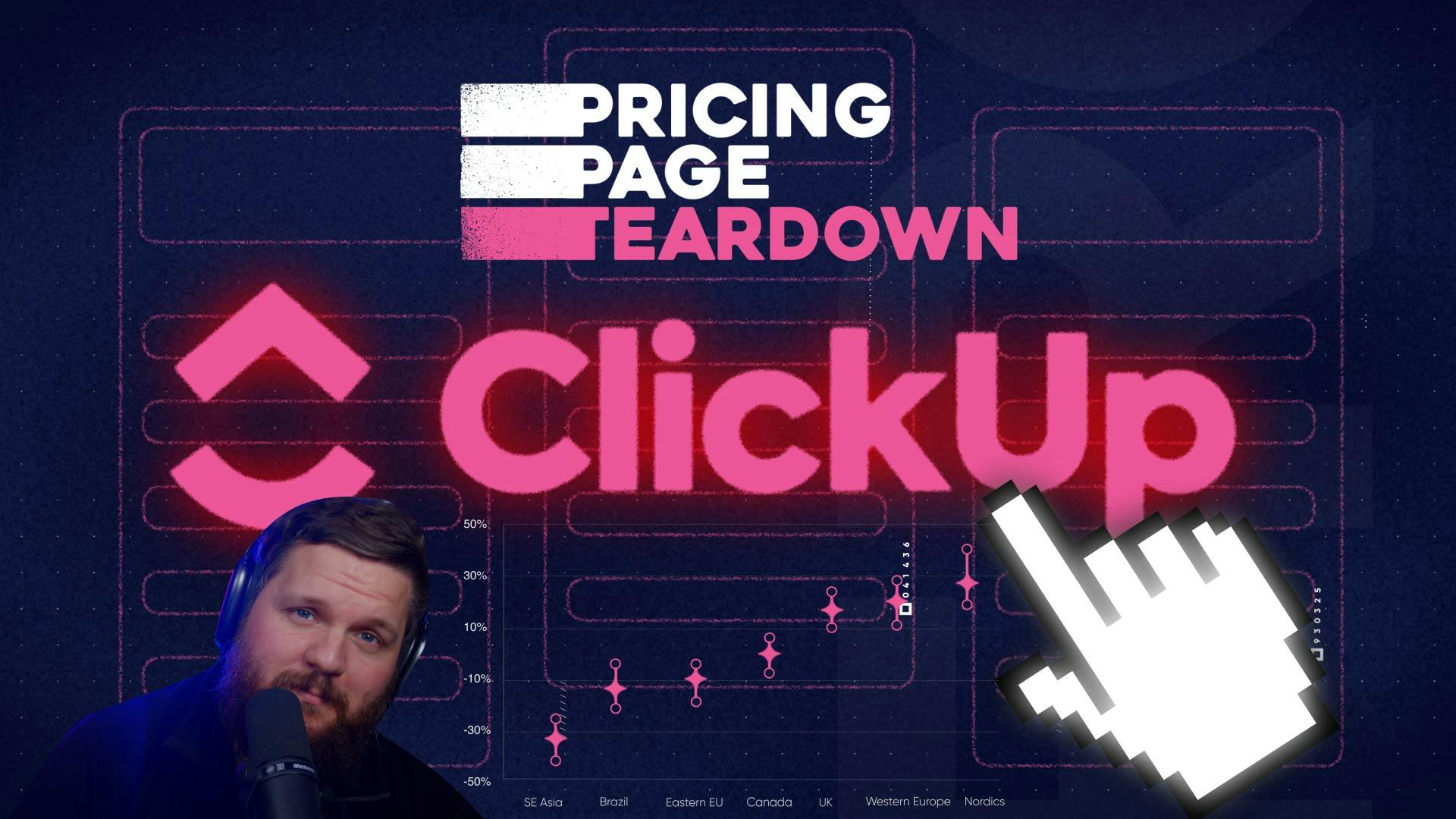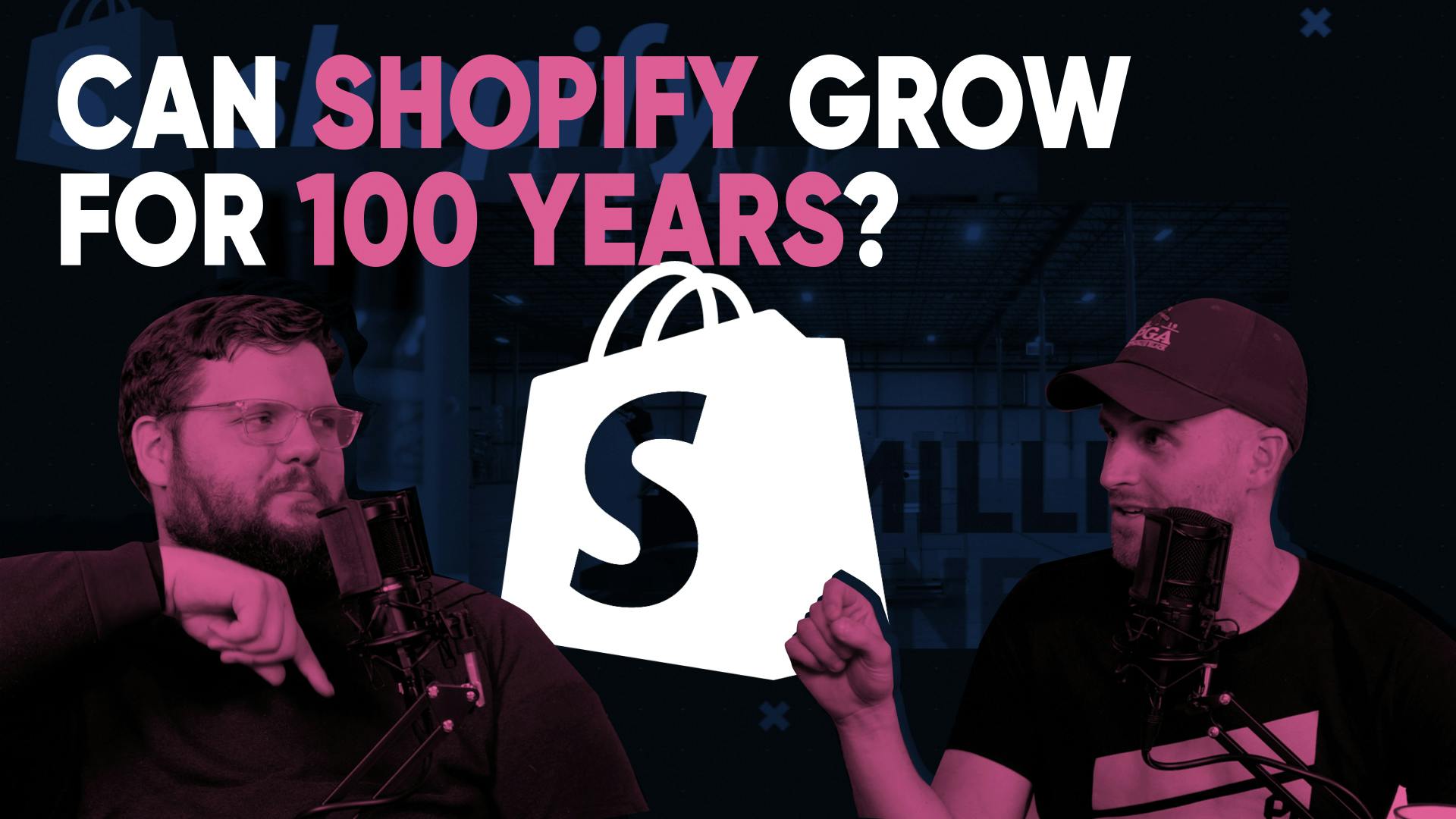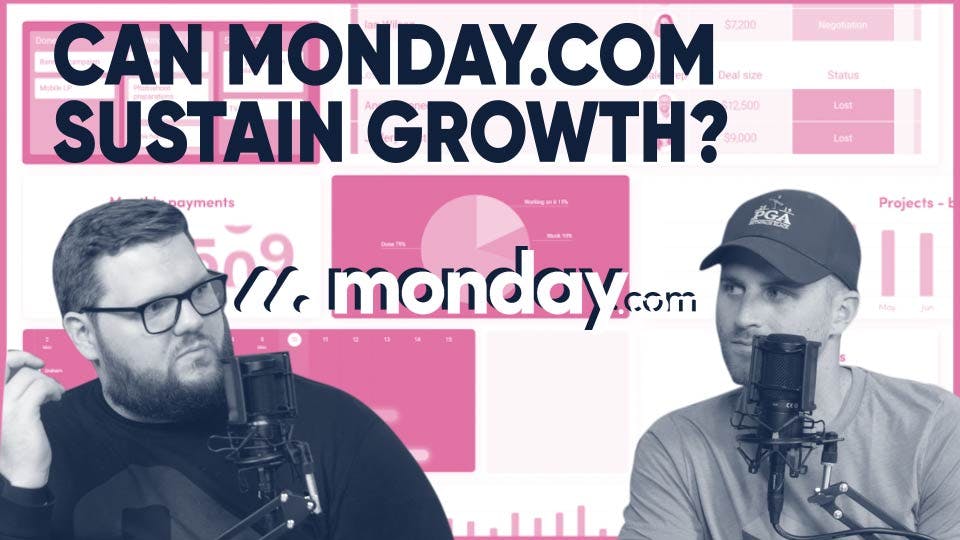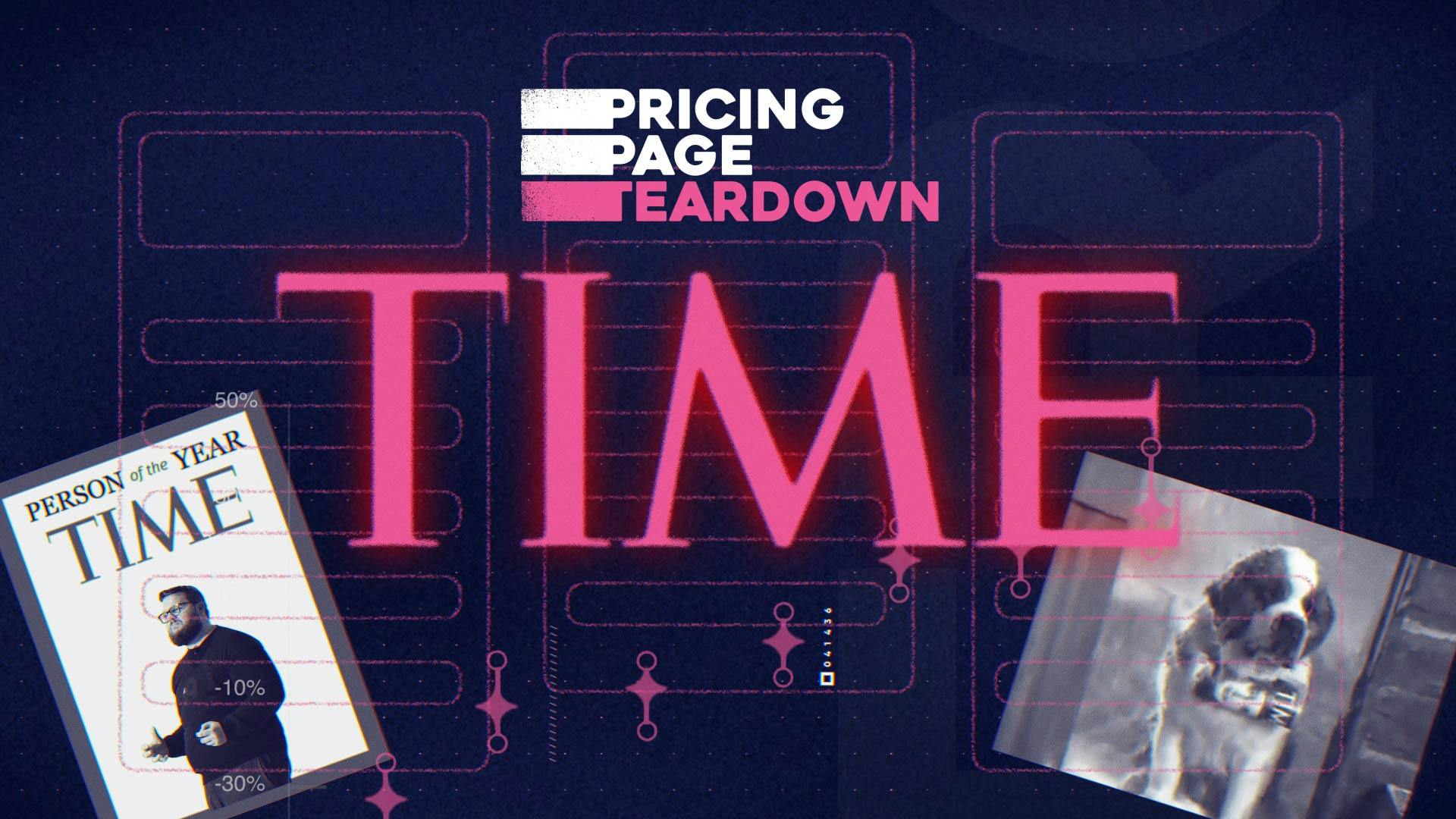
Can bundling take Xero to zero?
This episode might reference ProfitWell and ProfitWell Recur, which following the acquisition by Paddle is now Paddle Studios. Some information may be out of date.
Please message us at studios@paddle.com if you have any questions or comments!
XERO
Xero, a New Zealand accounting software company, was founded in 2006 by Rod Drury, who started his career as an auditor and then founded his own consulting and development firm. He realized that traditional accounting software was terrible for business owners, so he set out to build something better. Xero's success lies in its seamless, beautiful design that takes into account every functionality and the end user's purpose. With over two million subscribers worldwide and a valuation of $8 billion, Xero is one of the fastest-growing SaaS companies in the world, used by 70% of all businesses in the US. Drury stepped down as CEO in 2018, and Steve Vamos took over with over 30 years of experience in technology and digital media, including IBM, Apple, and Microsoft. Drury still serves as a non-executive director on the Xero board and focuses on creating new products for the platform to continue its growth.
Critics argue that Xero's growth cannot be sustained by simply acquiring new users, and that the company needs to find a way to increase revenue per user. Competitors like Quickbooks are improving their design and functionality, while new companies are further commoditizing the accounting software market. This makes it difficult for Xero to continue growing as quickly as they need to.
The question becomes: How can Xero use its fundamentals of focusing on the customer and position as innovator in the market, to go beyond merely being better than the rest of the market, and into a position of dominance for generations to come? Xero can’t go the way of Quickbooks, so we’re going to answer these questions by collecting data from 10,542 current and prospective Xero customers. We’ll reveal all the data and answers to these questions, so keep reading.
Xero's pricing page
Simplicity
The pricing page is extremely straightforward. It's easy to choose the right plan with options like Early, Growing, and Established. The product is well-designed, but it's not in your face. The simplicity comes from the choices they made. Keep in mind that the pricing page is not the beginning of the journey. If someone signs up for Xero and gets confused on the pricing page, they can explore and find the information they need.

Then it states that all plans include all of these features, and then there's these cool add-ons if you're in the big plan. It continues with sections to answer more questions or help you get started. There's this blooming effect as you scroll down the page, which I think is really powerful.

And if I come from all these different pages, I have enough context that maybe I just want to jump in. And I think too often, people want to go all out, when I think simple works really well. And then you need to support that simplicity in the right way. So I'm sure that Xero knows exactly where everyone's coming from to this page, or at least where the most common things are. They've designed it to take advantage of that traffic.
Data and analysis
Brand and design drives higher willingness to pay
Brand and design drive higher willingness to pay. Studies show that brand design impacts willingness to pay. Anthropological studies were conducted where people were asked questions about the design of a product, pricing page, or brand. Scores were measured and put on an affinity level from negative two up to two. Willingness to pay was then asked and determined that having a higher affinity for design increases willingness to pay.
Positive affinity towards a company's design can increase willingness to pay for a product by almost 25%. However, if the affinity towards the design is not good, or if it is negative, the willingness to pay only drops by 10%. This loss can still be recovered through word of mouth and other factors that contribute to the product's value.

Good design can lead to winning, which is becoming increasingly important in today's market. Five or six years ago, design was not as valued, but now it serves as a proxy for value, especially with the abundance of competitors. Consider the success of Notion, whose minimalist and simple design has gravitated users towards their product.
We conducted a study on brand, which is now a crucial aspect of business. Unfortunately, not enough people have a brand strategy, which can impact their brand perception positively or negatively. Our study found that brand perception can increase by 20-30% or decrease by the same amount. This is particularly challenging for businesses targeting younger buyers as their identity is often tied to the products or services they use. Therefore, having a good brand perception is essential for businesses to succeed.

And we saw this with much of the different, crazy things that happened in 2020. The different movements that were happening—all of a sudden, people were looking for brands to signal in one direction or another, and other people didn't like the signals. So it puts brands in an interesting situation where they have to really manage the brands a lot more than they used to. Before it was just accounting software, but now it's whether people want to associate with the brand. Does the brand help small businesses, good design, and everything in between.
Value Matrix
You're about to see something called a value matrix. We collected data from the group comparing feature preferences and plotted those on the horizontal axis, more valued features on the right, less valued on the left. We then collected willingness to pay for the overall product and plotted that based on their number-one feature preference on the y-axis. Analyzing data in this manner allows us to determine which features are differentiable add-ons, core, or commoditized for each segment.
Don't bundle what should be an add on
It's super important to understand both, the relative willingness to pay, and the relative preference of these features.
Here, what is really fascinating is that both, expense tracking and project tracking, they weren't really valued features overall compared to the other features. The people who cared about them were willing to pay more. In that context, I think Xero is losing an opportunity by bundling these together.

We've discussed this previously - some add-ons are universally useful and should be offered to everyone regardless of company size or maturity, while others may not align with upgraded packaging. Offer universal add-ons and allow customers to add them onto their subscription.
Your business may be selling features that are used or valued by less than 40% of the people within a tier. Consider pulling those features out and selling them as an add-on. You could differentiate and take advantage of that willingness to pay by giving it away for free to the people who are in that tier for the next year or so.
Add-ons are the name of the game in mass, but fragmented, user bases
When dealing with a diverse user base of millions, it's important to recognize that there are many different types of users. Simply selling them the basic package is not enough. Instead, you should provide various add-ons to increase the average revenue per user over time.
This is a modern way of thinking in the B2B world. Xero is following an old way of thinking by offering tiers and bundling add-ons like "advanced reporting project time," "cost tracking," "expense tracking," and "multi-currency." They only offer "payroll" and other partner products as add-ons. This is a missed opportunity.

Now, of course you have to balance this with volume. And they might be using these as, "Hey, we bundle it in there for, you should buy us over using something else." But I think it's a little bit of a false equivalency because they're now the behemoth in the market. They should start taking advantage of that in a good way—not only adding value for users, but also making sure that those users are getting enough of what they need.
In conclusion, Xero's success in the accounting software market has largely been driven by its focus on the customer and innovative design. However, as the market becomes increasingly commoditized, Xero will need to find ways to increase revenue per user and maintain its position as a market leader. Our data analysis suggests that offering add-ons and unbundling certain features could be one way to achieve this. Additionally, improving brand perception and design can lead to higher willingness to pay and drive customer loyalty. As Xero continues to navigate the challenges of a rapidly evolving market, it will be essential for the company to stay true to its fundamentals while also adapting to changing customer needs and preferences.
Need help with your pricing?
Price Intelligently by Paddle is revolutionizing how SaaS and subscription companies price and package their products. Founded in 2012, we believe in value-based pricing rooted in first-party research to inform your monetization strategies. We combine expertise and data to solve your unique pricing challenges and catapult growth.
(00:00):
They have proven that even if the incumbent has some ridiculous percentage of the entire SMB market using them and has unlimited resources, you can still take that incumbent down by not looking like
(00:14):
<inaudible>.
(00:16):
Welcome to Pricing page teardown, where the ProfitWell Crew breaks down strategies and insights on how subscription companies from all corners of the market can win with monetization.
(00:32):
Welcome to Pricing page Chair down. I'm Patrick Campbell, Rob Litterst, and this week we are talking about accounting software. Okay? Which, hey, don't fall asleep. It's interesting, I promise you. It's interesting, beautiful design, beautiful pricing, and ultimately just a beautiful business. Xero. And we're gonna be talking about what they're doing really, really well and what they're not doing so well, at least in the past couple of years. And we're gonna wrap up all of those lessons to a nice little case study so you can improve your own monetization strategy.
(01:03):
Accounting isn't thought of as beautiful, but when you learn what finance and accounting actually do, you realize they're the heroes in your business. Xero knew that all along when they set out to make accounting software just as beautiful as your business. Xero was founded in New Zealand in 2006 by Rod Dr. A man with accounting in his blood. Drew started his career as an auditor and then became a junior IT consultant at Arthur Young, an accounting giant going through a merger that became Ernst and Young and later ey. Subsequently working closely with Microsoft. He founded a software development practice within EY and that eventually led to branching out into his own consulting and development firm. When Dreary ran his own firm, he realized that traditional accounting software was just awful for business owners, which classically started him down the path to doing something better. With building Xero.
(01:58):
Xero success hinges on being a seamless, beautiful experience. Now you may think accounting software doesn't need great design, but when you consider just how intricate finance and accounting is, you realize that every functionality needs to be precisely designed with the user's process and end purpose in mind. Something that gives Xero, both brains and beauty. All of this attention to detail paid off because Xero is one of the fastest growing SaaS companies in the world used by 70% of all businesses in the US and continuing to grow with their 3000 employees in 20 offices across the globe. With 2 million subscribers worldwide and evaluation of $8 billion Xero's shown that focusing on the customer can help you not only compete with established giants like QuickBooks, but you can also beat them at their own game. In 2018 though, drew decided it was time to step down as C E O, his replacement.
(02:52):
Steve Vamos came to Xero with more than 30 years of experience in technology and digital media, including I B M, apple and Microsoft. Dreary still serves as a non-executive director on the Xero board and was not looking to do anything else, but rather was excited to have the time to be able to focus on creating new products for the platform to continue its growth. And therein lies the criticism of Xero. Many critics believe that their growth won't be able to sustain with just acquiring new users and it's gonna need to find a way to increase their revenue per user. Throw in incumbents like QuickBooks, getting better at their design and functionality as well as new entrants into the market, commoditizing accounting software even further. And you have a recipe for all that time and effort taking Xero to Xero, well, not exactly Xero, but at least not growing as quickly as they need to. So the question becomes how can Xero use its fundamentals of focusing on the customer and position as innovator in the market to go beyond merely being better than the rest of the market into a position of dominance for generations to come? We're gonna answer these questions by collecting data from currents and prospective Xero customers and will reveal all the data and answers to these questions coming up in just a bit.
(04:08):
Xero in my mind, is the perfect example of a company who takes on an incumbent and wins
(04:16):
Totally. David and Goliath
(04:17):
Story. Yeah, and I think that what's funny is like Xero, I'm pretty sure actually went public like their first month or something because they had to like raise money really? Um, yeah, I was in New Zealand, like not on like the New York markets or anything like that. They looked at a giant space. So the idea of small business accounting. Um, and they noticed a couple of things. One, like some re egregious number, like 60 70% of small businesses, the 30 million small business in the United States, they're actually sole proprietors. In addition to that, they looked at and they said, what do people hate about QuickBooks? At least at the time? And it was a really poorly designed product. Mm-hmm <affirmative> both from a UX and a UI perspective when Xero started off. And then they also found that the users, they didn't have anything to connect with, but Xero came in this whole web 2.0 phase and they talked about even their tagline, beautiful business, right?
(05:03):
Right. It's like, oh, look at you. You're a business and you should be, you know, championed and we have use, your software should be beautiful and all the things that you should do should be awesome and you should love to do it because you're amazing, right? You deserve, you deserve this. Putting them right in the center. And I think that you should be making your customer a hero. And if you have that thesis, all of a sudden all the little decisions you're going to make are all of a sudden gonna make it really, really smoothly. Net out is really, really well recommended and all of a sudden can take on a multi-billion dollar behemoth and actually like, let's just not say win cuz they're both winning, but actually become a giant winner within the market in addition to the behemoth that was in the market. Totally.
(05:44):
Let's take a look at their pricing page and dig into some of the data that we collected on both perspective and current customers.
(05:49):
Yeah, a hundred percent. And we're gonna find out some things that Xero's doing really, really well and things that they're not doing so well, so that you can take these lessons away from your businesses. A nice little case study to improve your own monetization
(05:59):
Strategy.
(06:03):
First thing I love about this pricing page is the simplicity. It's super, super easy to tell which plan is probably right for you. Yeah. Um, I go back and forth between liking the kind of, uh, I don't wanna call it like quirky plan names. Sure, right? Sure, sure. But I like this early growing established. I feel like you have a pretty good frame of reference for where you might fall.
(06:21):
It's a, it's a well designed product, but it's not like they're pushing that in your face. No. Right. They've made a lot of choices and that's where the simplicity is coming from. This is not the start of the journey, the pricing page. And I think a lot of people miss that, right? So let's say someone's like, oh yeah, I'm finally gonna sign up for Xero. They come here, they're looking at the pricing page and then maybe they're like confused and they start exploring. All of a sudden it's like the pyramid principle where it's like, hey, here's the information you wanted. Now it's like, oh by the way, all plans include all of these features. Okay. And then there's these cool add-ons if you're in the big plan and then there's like, Hey, do you have questions? You ready to get started? How does it work for you?
(06:57):
There's this like almost like, you know, blooming effect as you roll down the page. Totally. Totally. I think is really, really powerful. And if I come from all these different pages, I have enough context that maybe I just want to jump in. And I think too many people in these pages, they want to kind of go all out. Yeah. When I think simple works really, really well and then you need to support that simplicity in the right way. So I'm sure that Xero knows exactly where everyone's coming from to this page or at least where the most common things are. Absolutely. And they've designed it to kind of take advantage of that traffic.
(07:27):
Totally. Let's get into the data.
(07:29):
I thought you would never ask <laugh>.
(07:31):
So where does our data come from here at Profit? Well, our Price Intelligently products combines proprietary algorithms and methodologies with a team of pricing experts who think about this stuff more than anyone else, to help companies optimize their monetization strategy. We do this by going out into the market and collecting data from current and prospective customers. Having the ability to collect data from everyone from a soccer mom or dad in the middle of Kansas all the way to a Fortune 500 CIO in South Africa. We then take that data and run it through our algorithms and analyze it in every direction to determine a company's ideal customer profiles, as well as which segments value which features and which segments are willing to pay more. All in the spirit of determining how a company can use monetization for growth.
(08:21):
First up, brand and design drives higher willingness to pay and this is some data that's actually not directly from Xero, but it's from many, many more companies than Xero. Cuz what we wanted to do is we wanted to show you just how much brand and design actually impact willingness to pay these days. So what we did is we set up a couple of like anthropological studies where we collected information from people in a couple of questions about what they thought of the design of a particular product, um, or even the pricing page or what they thought of the brand that they were buying from or that they were thinking of buying from. We then kind of measured their scores and put it on kind of an affinity kind of negative two up to two. And then we asked them their willingness to pay and basically determined looking at, hey, if you have a higher affinity for the design, you like the design better, does it give you a swing in willingness to pay either higher or ultimately lower?
(09:09):
And what we found here first looking up at design is that if you have a very positive or a positive affinity for the company's design, you actually are willing to pay about 20, almost 25% more for that particular product. And one thing that's really interesting to note is that if you don't have a a, a really good positive affinity for the design, or if you have a negative or very negative affinity for the design, it actually doesn't take away from willingness to pay that much, right? It's only about a 10% drop, which you can get over through word of mouth or all the other things that go into value. Definitely. But I think the big thing to kind of keep in mind here is that you can win by having good design. Oh yeah. And I think that this is really kind of intuitive, but when we looked at this data from, you know, five, six years ago, this jump wasn't as high. It was actually much, much more compact around Xero because I don't think design like really was as important, right. Or it was just starting to get more important. But now like people are using it as a proxy even more so for value, especially with so many competitors that have good design.
(10:10):
Oh yeah. You think about how much software there is now and it just becomes a huge identifier and um, a huge differentiator. And it's something that I think people look at really seriously. Like look at notion, you get that minimalist like super, super simple vibe of Yeah. Using the software and it's totally something that I think just gravitates people towards notion's product
(10:27):
A hundred percent. And we see the same thing for brand. We did a very, very similar study and the reason we're showing you this one in addition to design is because brand is important now. Mm-hmm. <affirmative>, I don't think enough people like have a brand strategy. They don't do enough with brand. Um, but brand is one of those things where you need something within your business right now that has like some level of like direction on brand. And what you'll notice is, is that brand is boosting, you know, somewhere to 20 to 30%, um, in the positive direction and negatively it's actually going down 20 to 30%. Wow. Yeah. That's wild. So it's important that people have a good brand perception of you and I think that it's hard because a lot of younger buyers, their identity are the things that they buy from or use, right, right.
(11:06):
Which maybe is a very bad thing. Yeah. Like from a existential standpoint, but from a business standpoint, that's just the reality of things, right? And we saw this with, you know, much of the different crazy things that happened in 2020 totally. The different movements that were happening, um, and all of a sudden like people were looking for brands to signal in one direction or another, um, and then other people, they didn't like the signals. And so there's just, it puts brands in an interesting situation where they have to really manage the brands a lot more than they used to. Um, before it was just like accounting software, but now it's like, hey, like do I associate with the brand? Do they help small businesses? Do they have good design? Totally. And kind of everything in between.
(11:43):
Next up don't bundle. What should be an add-on? A hundred percent. Super important to understand both the relative willingness to pay and also the relative preference of these features.
(11:53):
You're about to see something called a value matrix here. We collected data from the group comparing feature preferences and plotted those on the horizontal axis, more valued features on the right, less valued on the left. We then collected willingness to pay for the overall product and plotted that base on their number one feature preference on the y axis. Analyzing data in this manner allows us to determine which features are differential add-ons, core or commoditized for each segment
(12:23):
Here, what was really fascinating is you pointed out both expense tracking and project tracking. They weren't really valued features overall compared to the other features and the people who cared about them were willing to pay more. And in that context, I think that they're losing an opportunity here as Xero by bundling these together.
(12:40):
Yeah. We've talked about this before too with some of these add-on features that are really kind of widely appreciated or not necessarily widely appreciated, but they don't necessarily align with upgraded packaging, right? They're things that anybody could use and aren't really a proxy for the company size or maturity. And so those are the types of features that you should definitely be offering to everybody and allow 'em to kind of like bolt them onto the subscription that they're on.
(13:01):
Yeah. And the big takeaway for your business is that you have features right now that you're probably bundling for different tiers or packages that you're selling that are used or valued by less than 40% of the people within that tier. You should pull those features out and sell them as an add-on. Uh, maybe you give it away for free to the per people who are in that tier for the next, you know, year or something like that. But really you should be differentiating that and, and just making sure that you're, you know, taking advantage of that willingness to pay. Next up, add-ons are the name of the game in mass, but fragmented user bases a continuation of the point that you were making. The big thing that you have to think about when you have such a fragmented user base of millions of users, there are so many different types of users there and Right.
(13:44):
You can't rest on your laurels by just selling them the core package. Mm-hmm. <affirmative> you need to not only sell them the core package, but also sell them different add-ons so you can increase that average revenue per account over time. Totally. And I think that this is like a very like third wave, fourth wave way of thinking in the world of b2b. And I think Xero is just kind of latching onto the the second wave wave of thinking, which is just get everyone on the, the tiers. And that's why we bundle some things that are out ons. But on the value matrix you can see like advanced reporting, project time and cost tracking, expense tracking, multicurrency, all of these different things are essentially in the add-on quadrant. Um, and it's one of those things that they only are really offering a payroll as well as a bunch of the different partner products that integrate with Xero as different add-ons.
(14:28):
And I think that that's a lost opportunity. Now of course you have to balance us with, you know, volume and they might be using these as, Hey, we bundle it in, therefore you should buy us over using something else. But I don't, I I I think it's a little bit of like a false equivalency here because yeah, they're now like the behemoth in the market, right? They should start taking advantage of that in a good way. That's not only adding value for users, also making sure that those users, um, are getting enough of, of what they need. Let's recap. Let's do it. What do you got
(15:00):
First up? Brand and design drive higher willingness to pay. Mm-hmm. <affirmative> answers the age old question. You know, what kind of value do you associate with brand? Some people don't really think branding matters. The data backs up that it does.
(15:11):
Yeah, a hundred percent. And I think it's one of those things that, you know, we have e-commerce really to thank for this and then the density of products. Totally. That was the, that's the big thing. Next up, don't bundle. What should be an add-on? I think that a lot of times we're giving away too much value and it's actually bad for users as well because they're buying something and thinking, oh, I'm paying for all this but I'm not using it. Right. To actually devalue your price even further, um, you should pull those features out and essentially make them add-ons and it's one of the most underutilized monetizable instruments, um, in all of the subscription world.
(15:42):
Absolutely. And piggybacking on that, add-ons of the name of the game and mass, but fragmented markets, uh, this is a huge, huge market. Tons of user bases. This is an opportunity for Xero to really kind of hone in on different use cases with different add-ons and make their product just a lot more kind of maneuverable or variable to these
(15:59):
People. Yeah. Well it's also like you have so many different fragmented types of users. Mm-hmm. <affirmative>, their willingness is to pay are so different. Take advantage of that by unbundling some of these features, right? And making sure that they are those add-ons and that's how you get to the like next echelon of growth. Um, now they're gonna keep acquiring new users, right? Which is fantastic, but they can accelerate that growth even further by not only acquiring users, but also getting those add-ons in play.
(16:23):
Totally.
(16:26):
Well that's all for this week's episode of Pricing page chair. Now if you got value from this episode, if you learn something, we'd really appreciate if you share it on the social media channel of your choice. Wanna make sure that we get this in the hands of as many people as humanly possible. And if you're looking for this type of data, this type of learning for your own business, um, feel free to reach out to myself@patrickprofitable.com or reach out to Rob here@robatprofitable.com and we'll make sure we'll get you hooked up with the pricing team internally here at ProfitWell to get your monetization in the right
(16:53):
Place.
